The Importance of Spaying Your Pet: A Guide to a Healthier Future
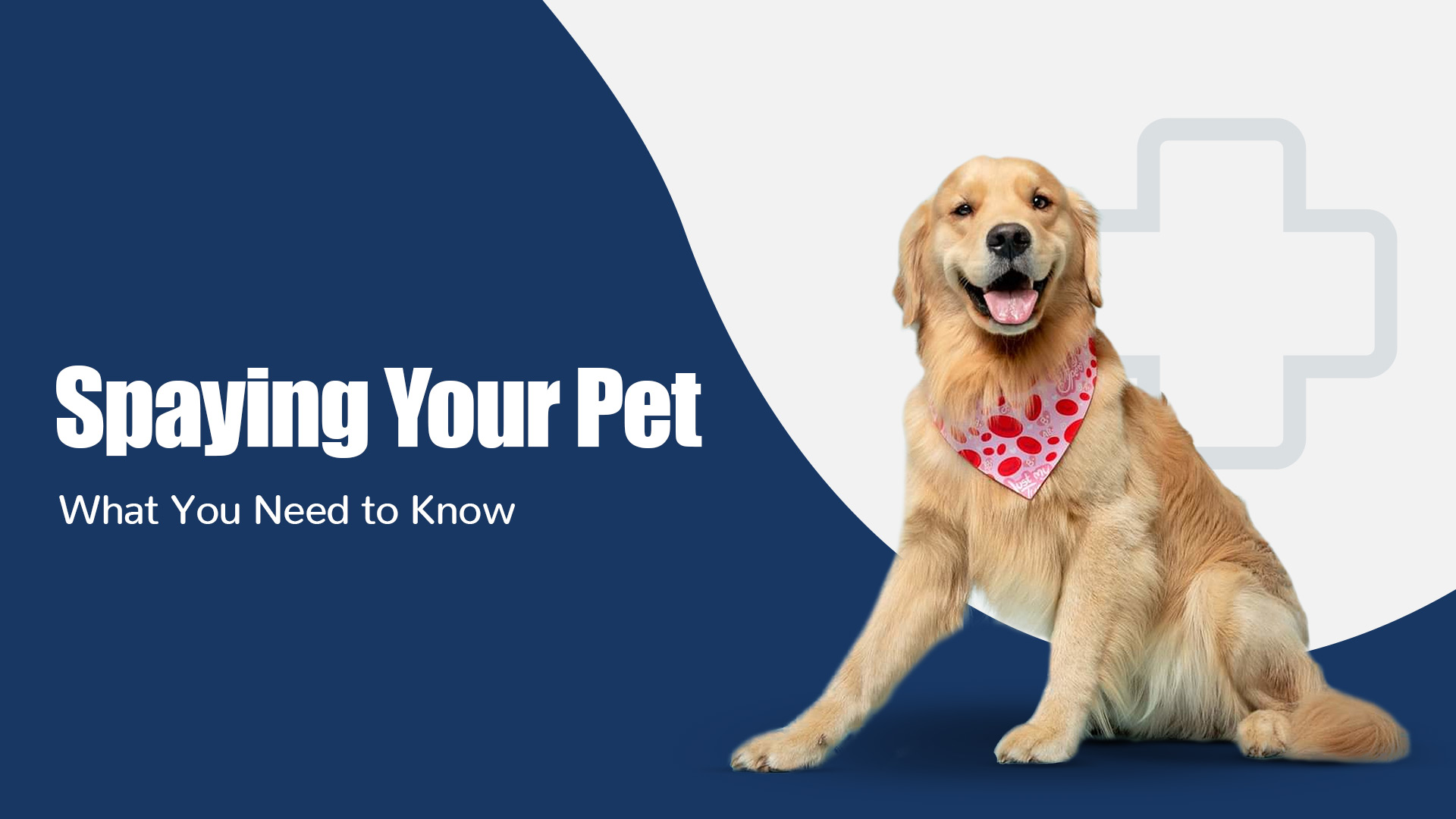
As a responsible pet parent, you always want what's best for your furry companion. From regular check-ups to proper nutrition, you make every effort to ensure their health and well-being. But have you ever considered spaying your pet? It’s one of the most important decisions you can make for their long-term health, and it goes beyond simply preventing unwanted litters.
In this blog, we’ll explore why spaying is beneficial, the different types of spay surgeries, and how you can care for your pet post-surgery to help them recover quickly. Let’s dive into this essential topic that can help your pet live a healthier, happier life, and provide you with the knowledge to make an informed choice.
Why Spay Your Pet?

Spaying is more than just a preventive measure against unwanted pregnancies. It’s a life-enhancing decision that brings multiple health benefits for your pet. Here are the top reasons why spaying is a good choice for your pet’s health and well-being:
-
Significantly Reduced Cancer Risks
One of the major reasons to spay your pet, particularly if you own a female dog or cat, is the drastic reduction in the risk of mammary (breast) cancer. When spaying is done before the first heat cycle, your pet’s risk of developing this cancer is reduced by an astounding 200 times. Early spaying is a simple way to protect your pet from a potentially fatal disease.
Mammary cancer is a serious condition that can spread quickly, and spaying your pet early in life eliminates the possibility of this dangerous disease. For example, if you own a female cat, spaying her before she has a chance to go into heat can prevent her from developing these cancers altogether. This can be a game-changer, especially for pets that have a genetic predisposition to certain cancers.
-
Prevents Pyometra
Pyometra is a life-threatening uterine infection that affects unspayed females. It’s one of the most common and serious reproductive health conditions in older female dogs and cats. Pyometra requires immediate medical attention, and if left untreated, it can lead to severe health complications or even death. The symptoms of pyometra include excessive thirst, frequent urination, and a swollen abdomen.
Spaying your pet eliminates the risk of pyometra entirely, ensuring that they remain healthy and free from this dangerous condition. The infection can be expensive and difficult to treat, often requiring emergency surgery, so preventing it by spaying your pet is a much more affordable and proactive solution.
-
Eliminates Hormone-Driven Behavioral Issues
Hormones can greatly influence your pet’s behavior, and these hormonal fluctuations can often result in unwanted behaviors such as roaming, marking territory, or aggression. Female pets in heat may become more vocal, anxious, or even aggressive, while male pets may become more territorial, aggressive, or prone to running away in search of a mate.
Spaying reduces the influence of these hormones, leading to a calmer, more stable pet. For instance, spaying a female dog before her first heat cycle often leads to a much more relaxed temperament, making her easier to manage in a family or home environment. This can also help with training and overall behavior.
-
Helps Control Pet Overpopulation
Pet overpopulation is an ongoing issue worldwide. Millions of animals are abandoned each year, many of which end up in overcrowded shelters. Spaying your pet is a key step in helping to control this issue. By ensuring your pet cannot reproduce, you are doing your part to prevent more animals from being born into an uncertain future.
In a real-life situation, imagine a family adopting a dog, and shortly after, their pet gets pregnant. While the puppies may seem adorable, there is already an overwhelming number of pets in shelters looking for homes. Spaying your pet eliminates the risk of contributing to this overpopulation problem and helps keep pets off the streets and out of shelters.
-
Promotes a Longer, Healthier Life
Spaying your pet also contributes to their overall longevity. The absence of reproductive organs and hormones reduces the chances of certain health problems, such as ovarian or testicular cancer, uterine infections, and other reproductive-related issues. Furthermore, spayed pets are less likely to roam or get into dangerous situations, contributing to a longer, healthier life.
For example, a spayed cat is less likely to wander off in search of a mate, which decreases her risk of being hit by a car or encountering aggressive animals. Spaying your pet helps them avoid the risks associated with their reproductive cycle and enhances their quality of life.
Types of Spay Surgeries

Now that you know why spaying is beneficial, let’s take a closer look at the different methods available for the procedure. Your veterinarian will be able to recommend the best option for your pet, depending on their health, age, and size.
-
Traditional Open Surgery
This is the standard spaying method, where the vet makes an incision in the abdominal area to remove the ovaries and uterus. While effective, it requires a longer recovery period due to the size of the incision and the healing process. Your pet may need extra care and attention post-surgery to ensure they heal properly.
With traditional surgery, pets often require several days of restricted activity and a longer healing time. In some cases, you may notice swelling or bruising around the incision site, but these typically resolve over time. Your veterinarian will advise you on how to manage pain and ensure that your pet has a comfortable recovery.
-
Laparoscopic Surgery
Laparoscopic surgery is a more modern and minimally invasive method. It involves making small incisions and using a camera and special tools to remove the ovaries and uterus. The smaller incisions result in faster healing times, less pain, and a quicker return to normal activities for your pet.
Many pet owners prefer laparoscopic surgery due to the reduced discomfort and shorter recovery period. While this option can be more expensive, it’s often a worthwhile investment for pet owners who want to minimize recovery time and ensure the best possible outcome for their pet.
Both types of surgery are safe, and the best option will depend on your pet’s individual needs. Consult with your veterinarian to determine which method is right for your pet.
Aftercare & Recovery: What to Expect
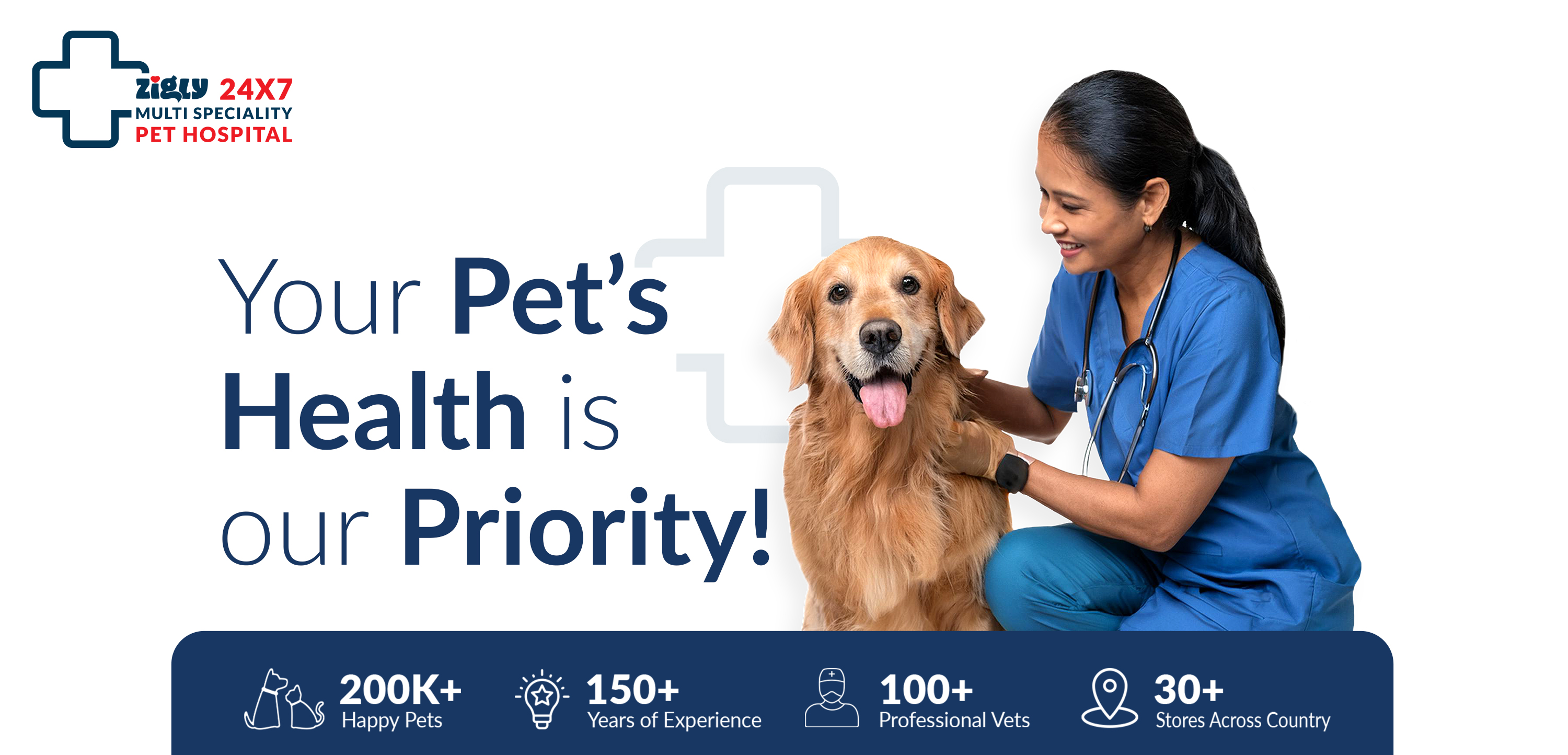
Spaying is a relatively simple procedure, but like any surgery, it requires proper care and attention during the recovery process. Here’s what you can expect and how to help your pet heal as quickly as possible:
-
Rest is Crucial
After surgery, your pet will need plenty of rest. For the first two weeks, avoid any strenuous activities like running, jumping, or playing. It’s important to keep your pet calm and comfortable to prevent any strain on the surgical site.
Ensure your pet has a comfortable, quiet space to recover. You can help by setting up a designated area for them to rest and limiting their movement to avoid any complications.
-
Pain Management
Your veterinarian will prescribe pain medication to help manage any discomfort your pet might feel after the procedure. Be sure to follow the prescribed dosage and watch for any signs of excessive pain or discomfort. It’s normal for your pet to be a bit lethargic for the first few days, but they should start to regain their energy as they heal.
-
The Elizabethan Collar
Your pet may need to wear an Elizabethan collar (also known as a “cone”) to prevent them from licking or biting at the incision site. While it may seem uncomfortable, this collar is essential to ensure your pet doesn’t interfere with their healing process. Be patient and allow your pet time to adjust to this temporary inconvenience.
-
Watch for Infection Signs
It’s important to monitor your pet for any signs of infection at the surgical site. Look out for symptoms such as swelling, redness, or excessive discomfort. If you notice any of these signs, contact your veterinarian immediately. Infections can be serious and require prompt treatment.
-
Follow-Up Care
Most pets will need a follow-up visit to the vet to ensure they are healing properly. Be sure to schedule this appointment and address any concerns you might have about your pet’s recovery. Your vet will check the incision site, remove any sutures (if necessary), and provide additional advice on how to care for your pet.
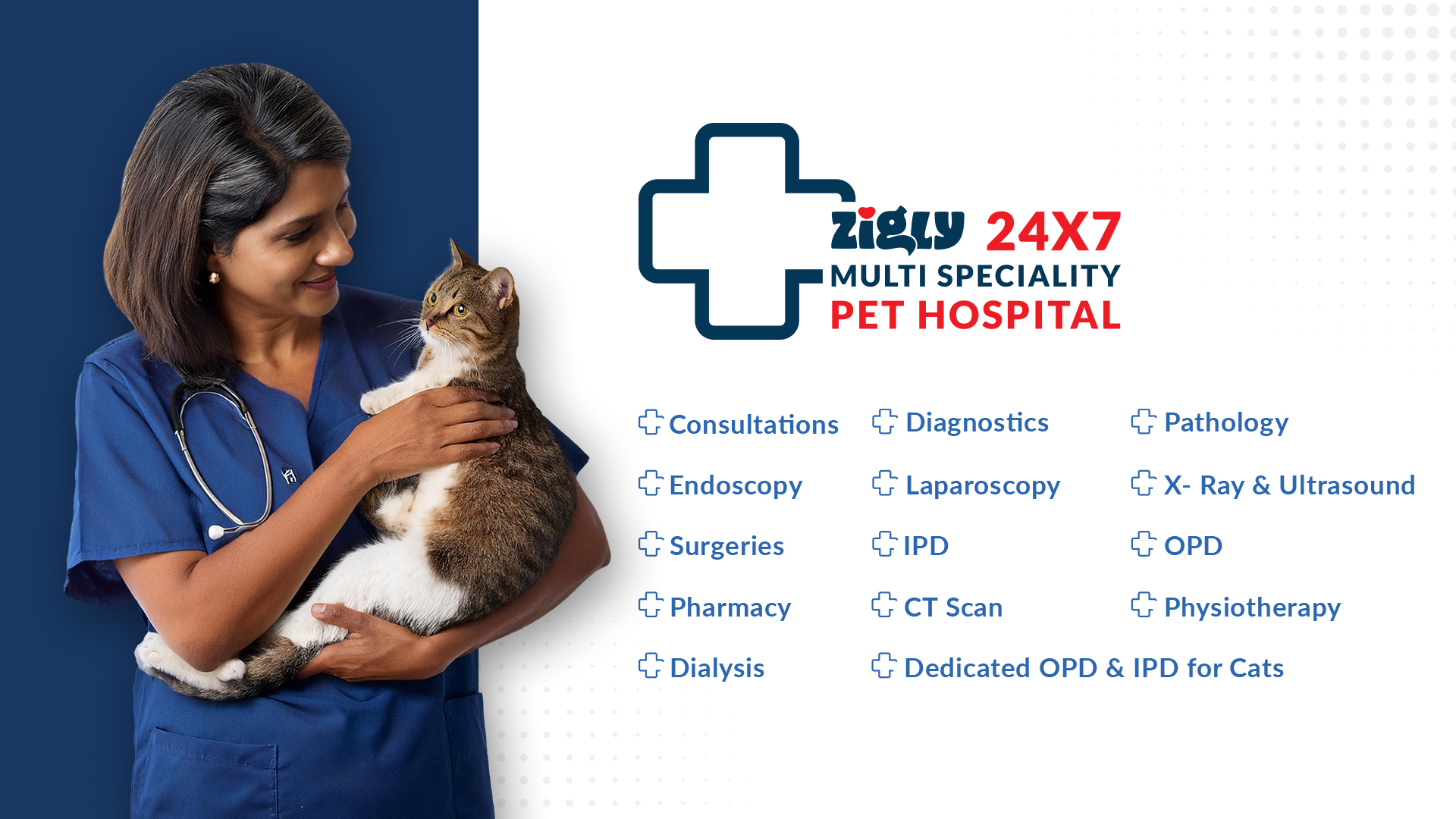
Final Thoughts: A Healthier Future for Your Pet
Spaying your pet is one of the best decisions you can make for their health and well-being. Not only does it prevent serious health conditions like cancer and infections, but it also promotes a longer, more stable life. Plus, spaying your pet helps prevent overpopulation, contributing to a more responsible pet-owning community.
If you're still unsure about whether spaying is the right choice for your pet, consider visiting your nearest Zigly Experience Center. Our experienced team of veterinarians is ready to discuss the procedure, answer your questions, and guide you through the decision-making process. Together, we can ensure your pet lives a long, healthy, and happy life!
Spaying = A Healthier Future for Your Pet!







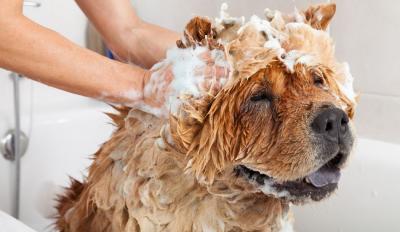





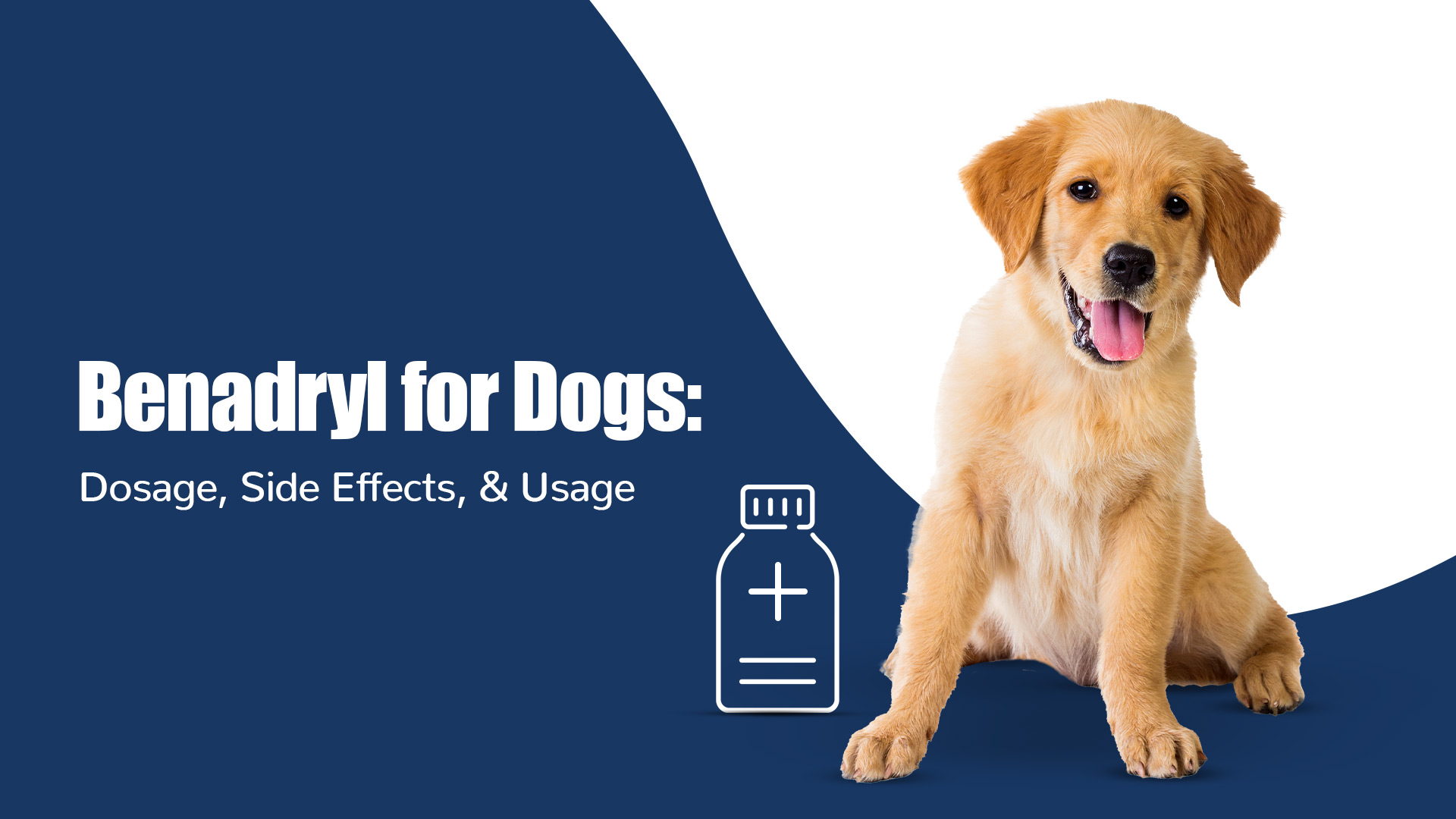



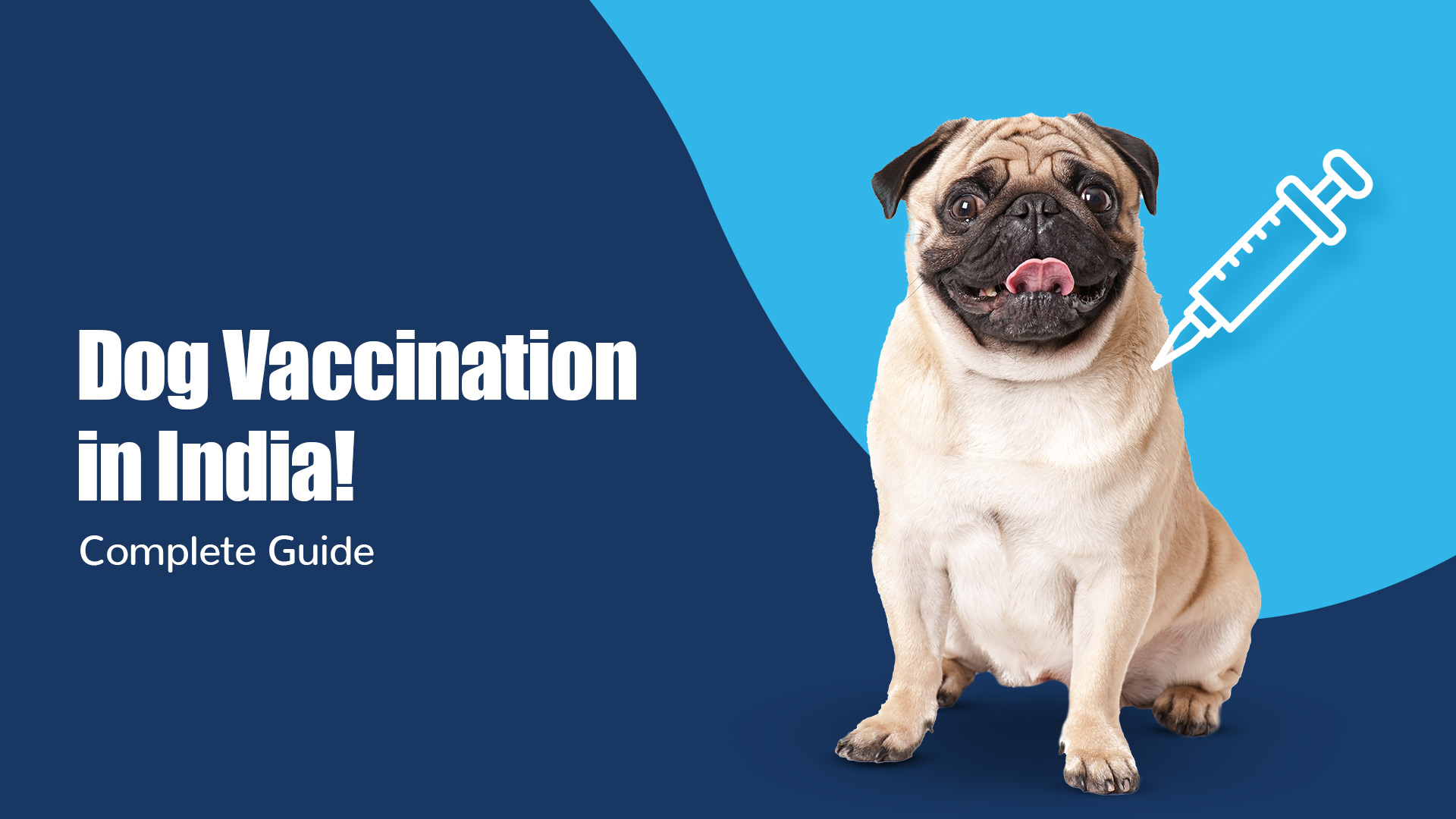





The information below is required for social login
Create New Account